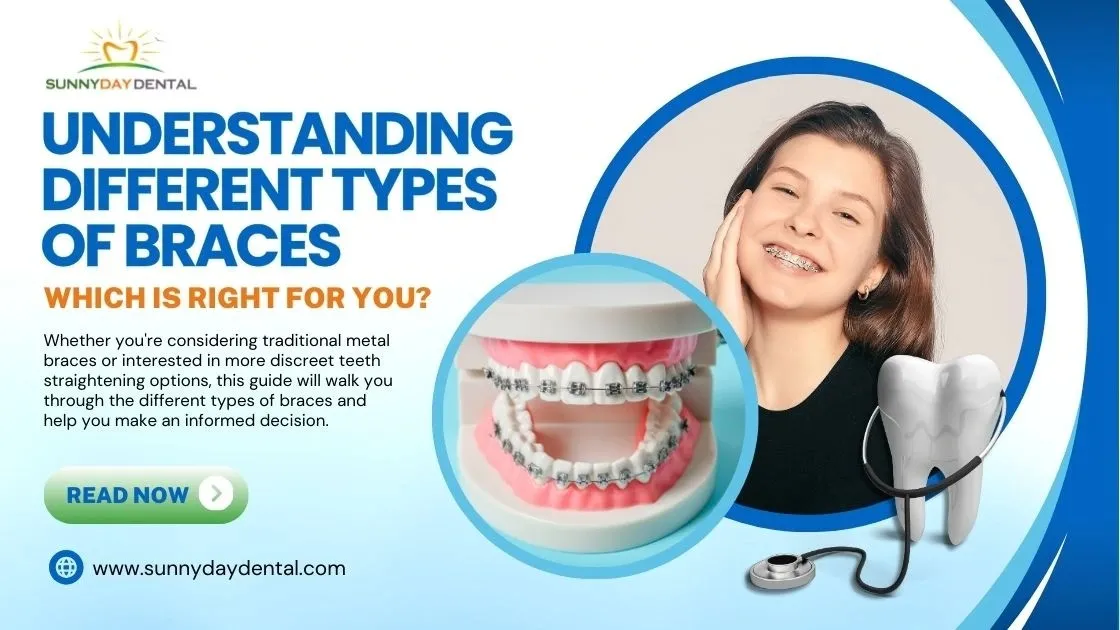Many people are surprised by how many different types of braces are available today, especially when it comes to achieving a straighter smile.
Table of Contents
ToggleAdvancements in orthodontics have revolutionized the way teeth straightening is approached, offering various options that cater to individual preferences, aesthetics, and oral health needs. With so many choices available, it’s essential to understand the pros and cons of each type of braces to find the right one for your unique situation.
Whether you’re considering traditional metal braces or are interested in more discreet teeth straightening options, this guide will walk you through the different types of braces and help you make an informed decision.
Let’s explore the world of braces and discover which option best suits your lifestyle and smile goals.
What Are the Types of Braces?
In modern orthodontics, there are several different types of braces available, each designed to correct misaligned teeth and bite issues. Below, we break down the most popular types of braces to help you understand their benefits and how they work.
1. Traditional Metal Braces

Traditional metal braces are the most well-known and commonly used type of braces. Composed of high-grade stainless steel, these braces consist of metal brackets attached to the teeth and connected by a wire that slowly moves the teeth into alignment over time.
- Advantages: Highly effective for complex cases, durable, and affordable.
- Drawbacks: Visible, may cause some discomfort, and require frequent adjustments.
Metal braces are often chosen by children and teenagers due to their reliability and effectiveness, but they are also suitable for adults looking to correct severe dental misalignments.
2. Ceramic Braces
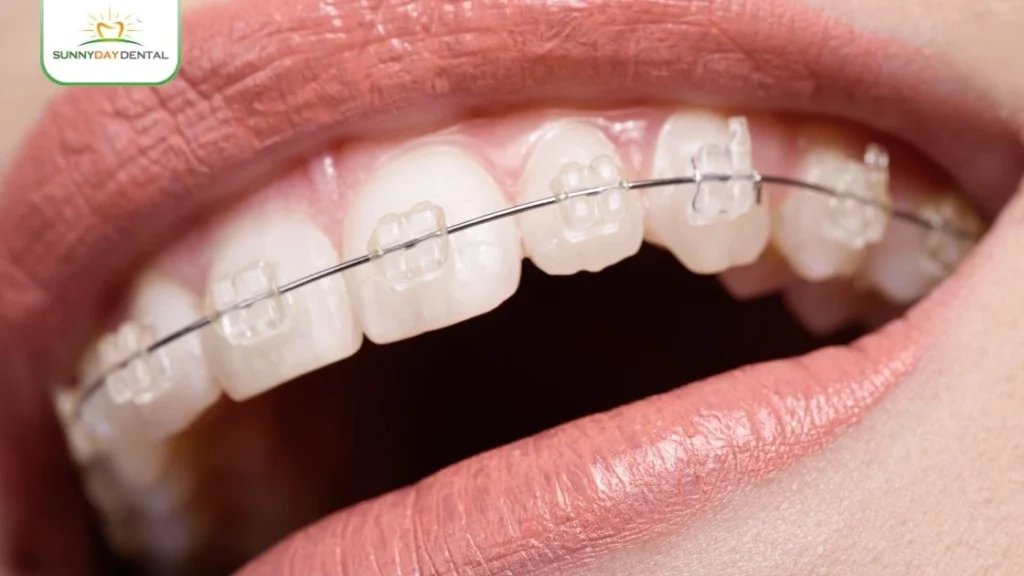
For those seeking a more discreet option than metal braces, ceramic braces are a fantastic alternative. These braces use clear or tooth-colored ceramic brackets that blend in with the teeth, making them less noticeable than metal braces.
- Advantages: Less visible than metal braces, effective for most alignment issues.
- Drawbacks: Can be more fragile and may require more careful maintenance to prevent staining.
Ceramic braces are ideal for individuals who want a subtler appearance while still receiving comprehensive teeth straightening treatment.
3. Clear Aligners (Invisalign)
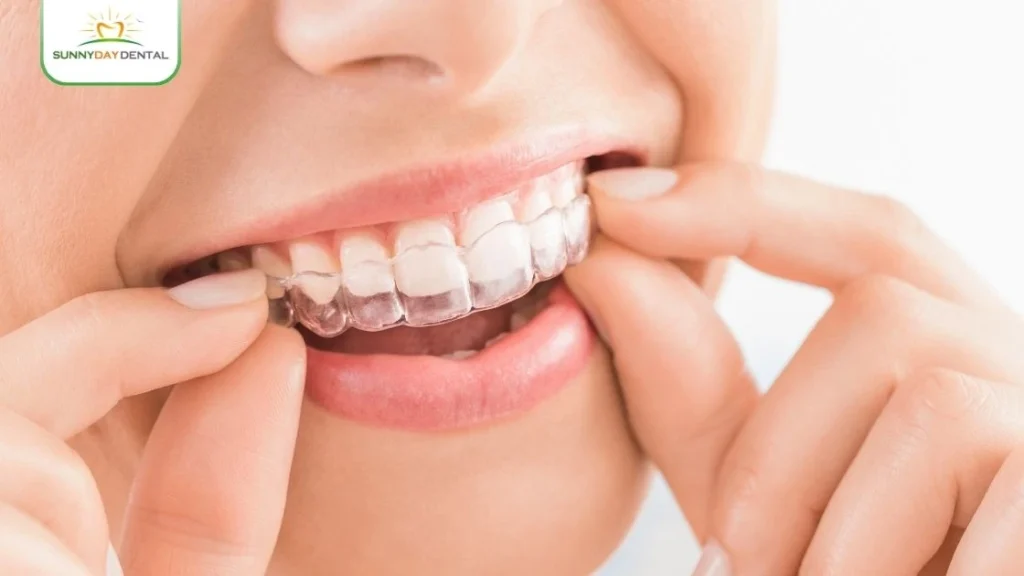
One of the most popular teeth straightening options today is clear aligners, with Invisalign being the most widely recognized brand. Clear aligners consist of custom-made, transparent trays that fit over your teeth and gradually shift them into the correct position. Unlike traditional braces, these aligners are removable, offering more flexibility in terms of eating and oral hygiene.
- Advantages: Virtually invisible, removable, and more comfortable than traditional braces.
- Drawbacks: Not suitable for very complex cases, can be more expensive, requires discipline to wear aligners consistently.
Clear aligners are a top choice for adults and teens who want to straighten their teeth without the appearance of braces. If you’re considering clear braces in Woodbridge, Invisalign is likely one of the options that will be presented to you by your orthodontist.
4. Lingual Braces

Another option for those who want a nearly invisible form of teeth straightening is lingual braces. These braces are placed on the inside (lingual) surface of the teeth, making them completely hidden from view. They function much like traditional braces but offer a more aesthetic appeal.
- Advantages: Hidden from view, highly effective for complex cases.
- Drawbacks: Can be uncomfortable initially, harder to clean, and often more expensive.
Lingual braces are a good fit for patients who want the effectiveness of traditional braces but without visible brackets and wires.
5. Self-Ligating Braces
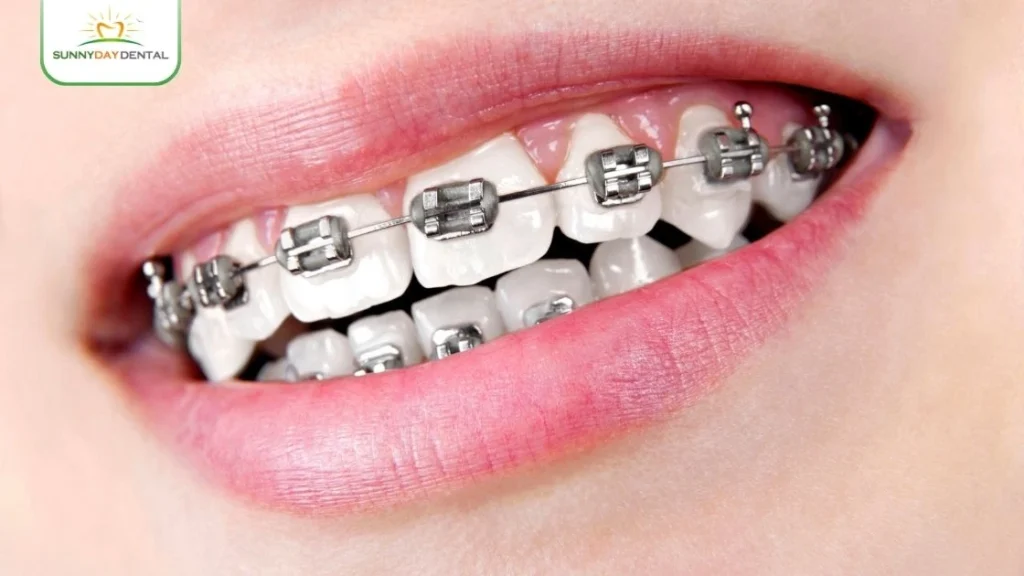
Self-ligating braces are similar to traditional metal braces but use clips or doors to hold the wire instead of elastic bands. This design allows the braces to adjust more freely with your teeth, reducing friction and often shortening treatment time.
- Advantages: Fewer appointments needed, less pressure on teeth, faster treatment time.
- Drawbacks: Still visible, can be more expensive than traditional metal braces.
Self-ligating braces are an efficient option for individuals who want a streamlined and potentially faster orthodontic treatment.
Comparing Different Types of Braces
| Type of Braces | Visibility | Effectiveness | Comfort | Cost |
| Traditional Metal Braces | Highly visible | Very effective | Moderate discomfort | Most affordable |
| Ceramic Braces | Less visible | Very effective | Similar to metal braces | More expensive |
| Lingual Braces | Invisible | Highly effective | Discomfort for tongue | Most expensive |
| Self-Ligating Braces | Visible | Faster treatment | Less discomfort | More expensive |
| Clear Aligners (Invisalign) | Invisible | Effective for mild cases | Comfortable | Expensive |
Factors to Consider Before Choosing the Right Type of Braces for You
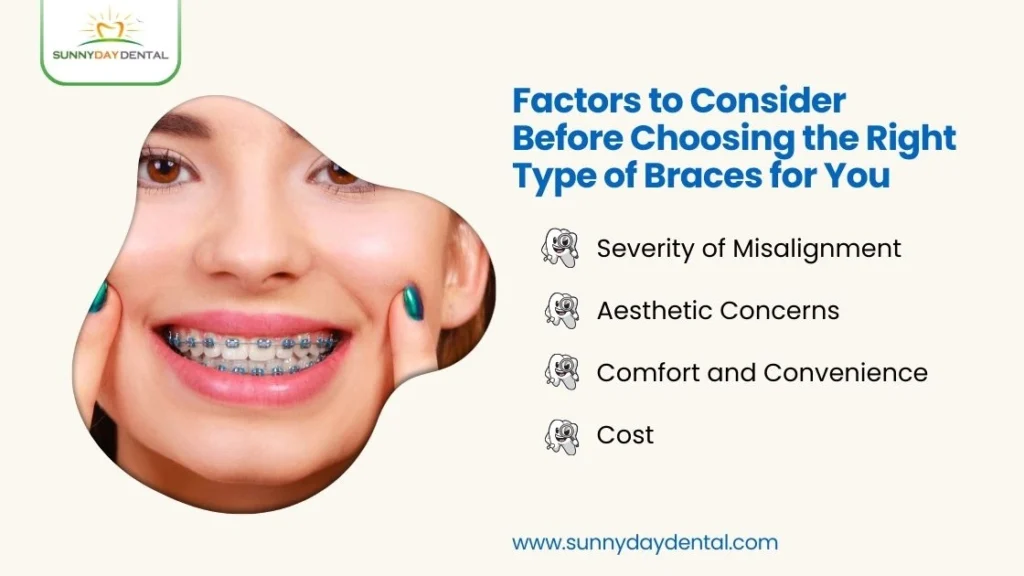
Choosing the right type of braces depends on various factors, such as the severity of your dental issue, aesthetic preferences, lifestyle, and budget. Here are some key considerations to help you decide:
- Severity of Misalignment: For more complex cases, traditional metal or lingual braces may be the best option due to their ability to tackle severe misalignments.
- Aesthetic Concerns: If you are worried about the visibility of braces, clear aligners, ceramic braces, or lingual braces offer a more discreet alternative.
- Comfort and Convenience: Clear aligners provide the highest level of comfort since they are removable. However, they require commitment to wear them for the recommended 22 hours per day.
- Cost: Metal braces tend to be the most affordable, while lingual braces and clear aligners can be on the higher end of the cost spectrum.
Consulting with an orthodontist is the best way to determine which type of braces will deliver the results you want. The professional team at Sunny Day Dental in Woodbridge can help you explore different teeth straightening options, including clear braces in Woodbridge, to ensure you get the best treatment for your needs.
Ready to Start Your Journey to a Straighter Smile?
Braces are a life-changing treatment for anyone seeking to correct dental misalignments and improve their smile. With various types of braces available, there is an option for everyone, whether you’re looking for the reliability of metal braces, the subtlety of ceramic braces, or the convenience of clear aligners.
At Sunny Day Dental, we offer personalized orthodontic care, including clear braces in Woodbridge, such as Invisalign, to help you achieve a beautiful, healthy smile. Contact us today to schedule your consultation and learn more about the best teeth straightening options for you.
FAQs about Types of Braces
1. What are the main differences between metal and ceramic braces?
Metal braces are more durable and noticeable, while ceramic braces blend in with your teeth for a less visible look. Ceramic braces may be more prone to staining and are generally more fragile.
2. How long do I need to wear braces?
The length of time you will need to wear braces varies depending on the severity of your dental issue. On average, treatment lasts between 18 to 24 months.
3. Can clear aligners to treat complex orthodontic issues?
Clear aligners are typically best suited for mild to moderate alignment issues. In cases of severe crowding or misalignment, traditional braces may be more effective.
4. Are lingual braces uncomfortable?
Lingual braces can be uncomfortable at first, as they are placed behind the teeth. However, most patients adjust within a few weeks. They offer the benefit of being completely hidden.
5. Do self-ligating braces work faster than traditional braces?
Self-ligating braces can shorten treatment time for some patients by reducing friction between the brackets and wire, leading to a more efficient tooth movement process.

